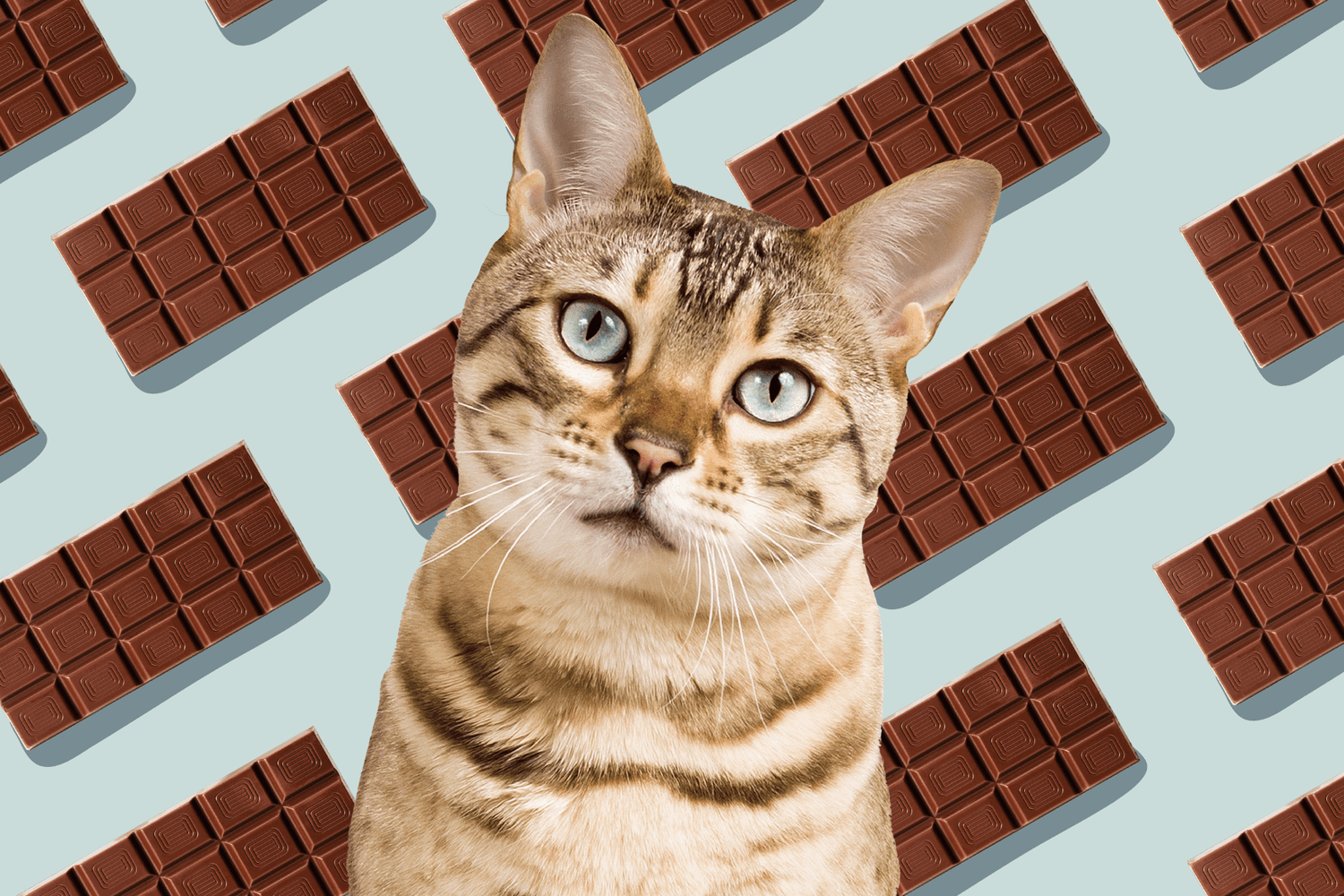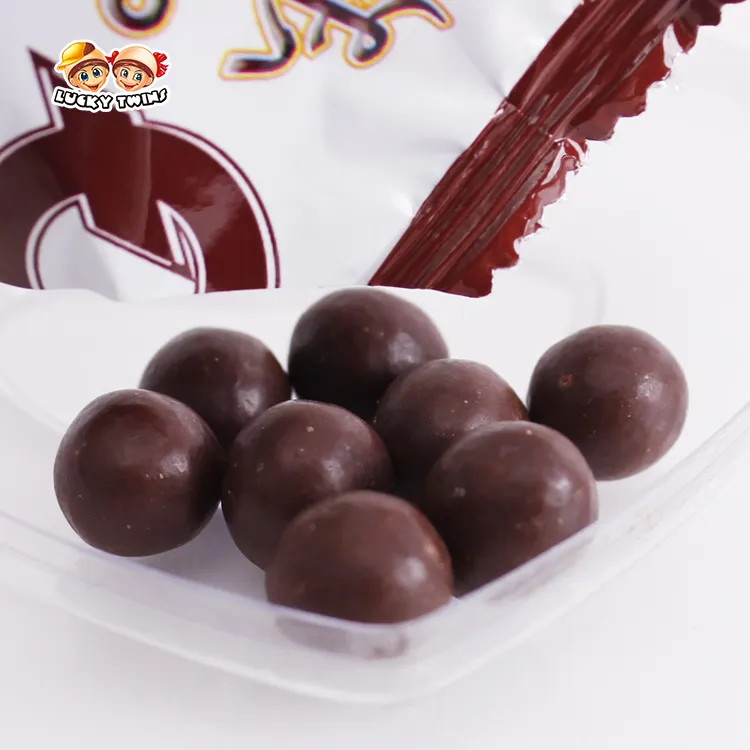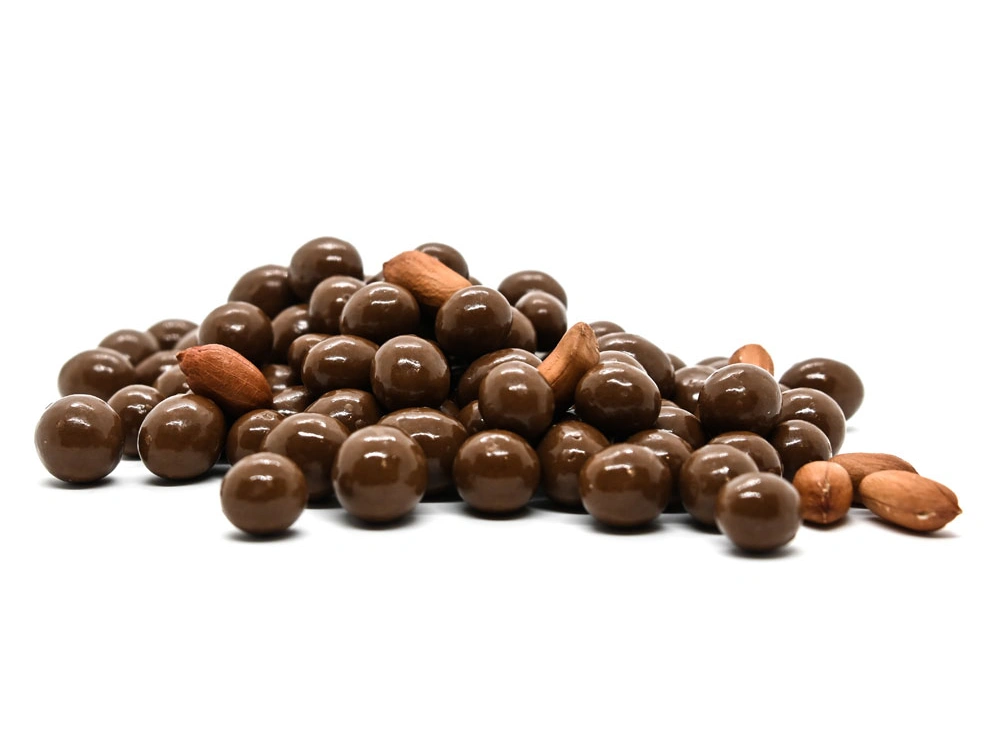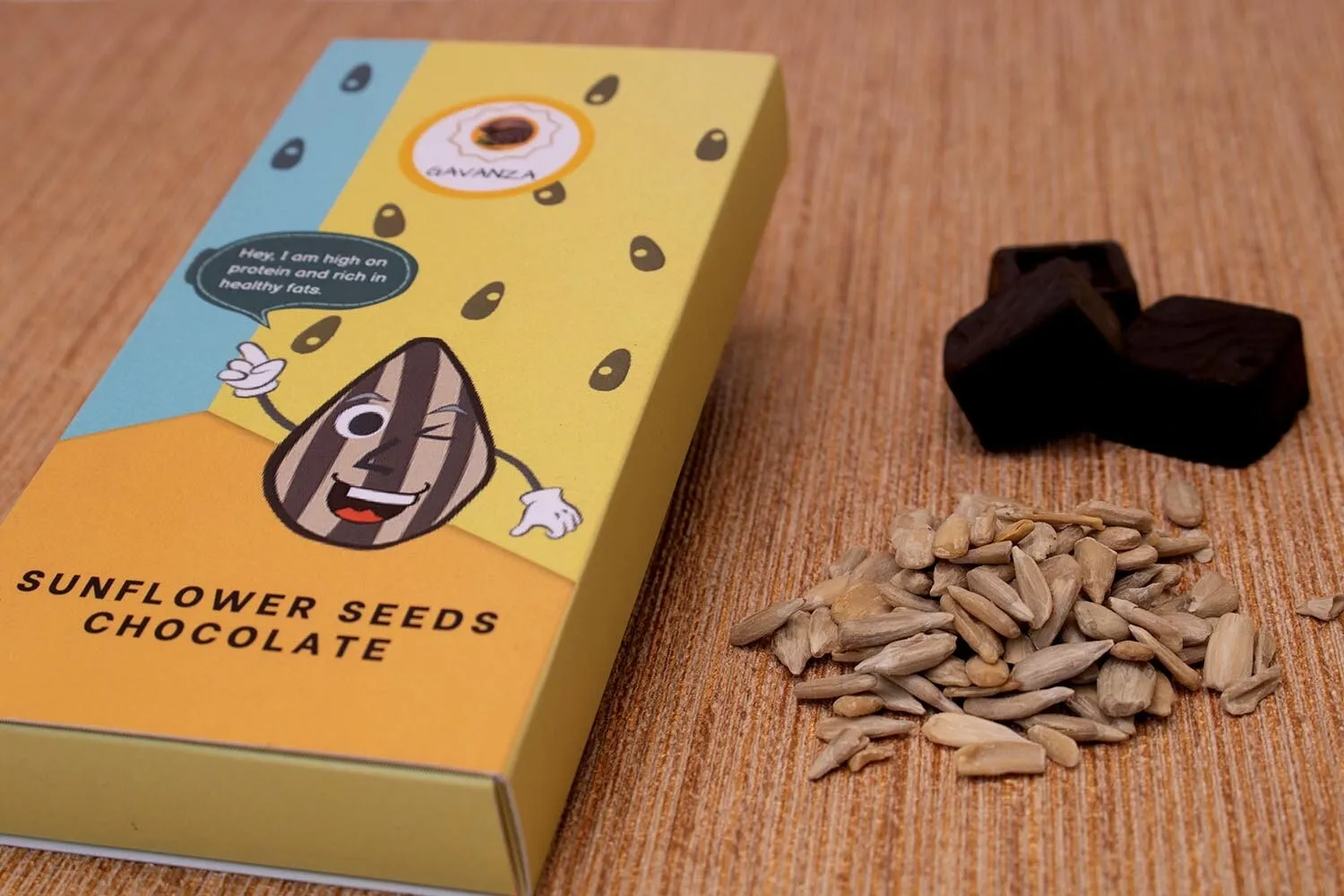맛있는 초콜릿을 먹을 때 고양이에게 먹여도 될지 고민해 본 적이 있나요? 초콜릿의 유혹적인 향과 달콤한 맛 때문에 사람들은 종종 초콜릿을 반려동물과 함께 나누고 싶어 합니다. 하지만, 초콜릿을 건네기 전에 고양이에게 초콜릿이 정말 안전한지 생각해 보세요. 고양이가 초콜릿을 먹을 수 있을까?
이 질문은 반려동물의 식습관뿐만 아니라 건강과 생명에 관한 문제이기도 합니다. 이 글에서는 고양이가 초콜릿을 먹을 수 있는지 자세히 살펴보고, 그 과학적 근거와 잠재적 위험성을 밝히며, 사랑하는 고양이가 위험에서 벗어날 수 있도록 현명한 선택을 할 수 있도록 도와드립니다.
초콜릿의 구성
초콜릿의 구성은 복잡하고 다양한 식품입니다. 초콜릿의 성분을 이해하는 것은 고양이에게 미치는 영향을 이해하는 데 필수적입니다.
테오브로민과 카페인: 초콜릿의 주요 성분과 인체에 미치는 영향
초콜릿의 주요 성분 중 하나는 카페인과 유사한 알칼로이드인 테오브로민입니다. 테오브로민과 카페인은 모두 화학 구조가 매우 유사하고 인체에서 대사 경로가 유사한 메틸산틴 계열의 물질에 속합니다. 이러한 성분은 사람에게 다음과 같은 영향을 미칩니다:
- 상쾌함: 카페인과 테오브로민은 모두 중추 신경계를 자극하는 각성제로 주의력과 집중력을 향상시킬 수 있습니다.
- 기분 개선: 카페인과 테오브로민을 적당히 섭취하면 뇌의 도파민 분비를 자극하여 쾌감을 느낄 수 있습니다.
- 심혈관 건강: 소량의 이러한 물질은 심혈관계에 유익하여 심장 근육 수축을 증가시키고 혈액 순환을 촉진합니다.
하지만 적당히 섭취하면 인체에 유익하지만, 과다 섭취하면 두근거림, 불안, 수면 장애를 유발할 수 있습니다.
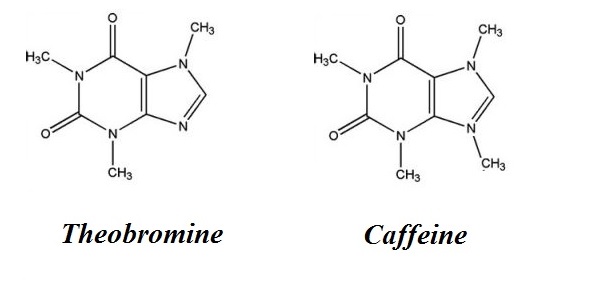
다양한 종류의 초콜릿과 테오브로민 함량
테오브로민과 카페인의 함량은 초콜릿 종류에 따라 크게 다릅니다. 이러한 차이는 주로 코코아 고형물의 함량에서 비롯됩니다.
- 다크 초콜릿: 다크 초콜릿에는 보통 코코아 고형물이 70-85%까지 함유되어 있어 테오브로민과 카페인 함량이 가장 높습니다. 다크 초콜릿 100g당 약 450~600mg의 테오브로민과 40~80mg의 카페인이 함유되어 있습니다.
- 밀크 초콜릿: 밀크 초콜릿은 코코아 고형분 함량이 일반적으로 10~50%로 낮습니다. 밀크 초콜릿 100g당 테오브로민은 약 150~450mg, 카페인은 15~40mg 함유되어 있습니다.
- 화이트 초콜릿: 화이트 초콜릿에는 코코아 고형물이 거의 포함되어 있지 않으며 주요 성분은 코코아 버터, 설탕, 우유입니다. 따라서 화이트 초콜릿의 테오브로민과 카페인 함량은 극히 낮고 거의 무시할 수 있는 수준입니다.
고양이에게 초콜릿이 미치는 독성
초콜릿의 테오브로민과 카페인은 고양이에게 독성이 있습니다. 이러한 물질은 고양이의 신진대사 과정에 부정적인 영향을 미쳐 다양한 심각한 건강 문제를 일으킬 수 있습니다. 고양이가 초콜릿을 먹을 수 있을까? 대답은 '아니오'입니다.
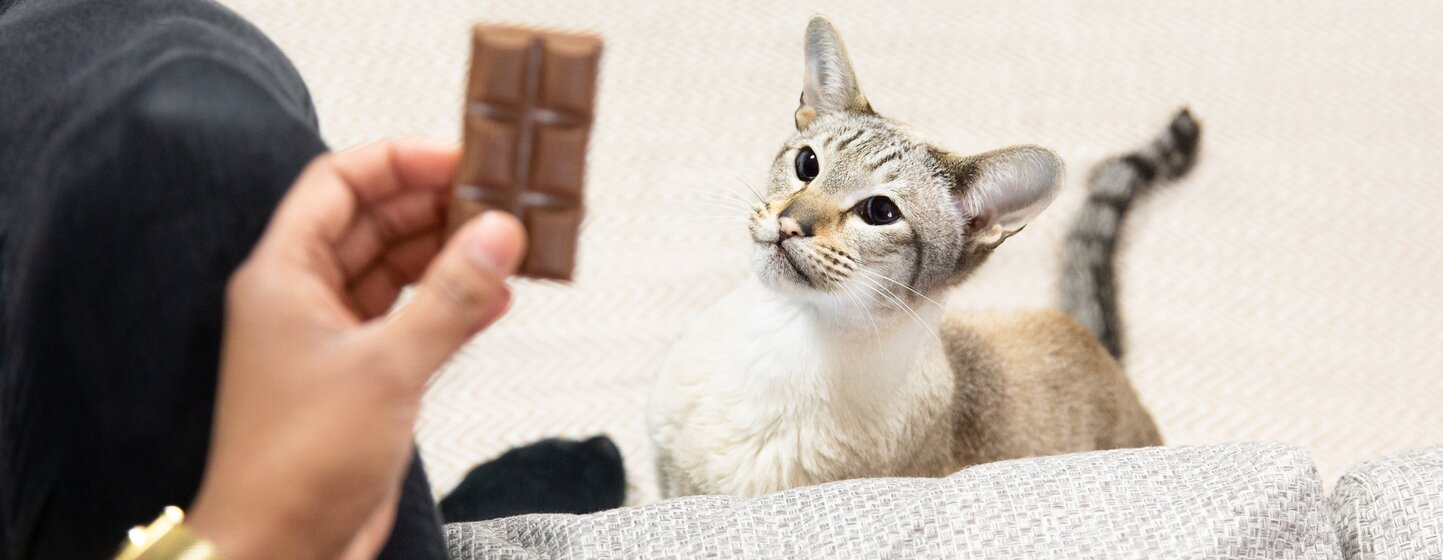
테오브로민과 카페인이 고양이에 미치는 영향
고양이는 인간과 다른 대사 시스템을 가지고 있으며 테오브로민과 카페인에 대한 내성이 인간보다 훨씬 낮습니다. 이러한 물질이 고양이에게 미치는 주요 영향은 다음과 같습니다:
- 중추 신경계: 테오브로민과 카페인은 모두 각성제이며, 과도하게 섭취하면 고양이의 중추 신경계를 과도하게 흥분시킬 수 있습니다.
- 심혈관계: 이러한 물질은 심장 박동수를 빠르게 하여 부정맥과 심장 마비를 일으킬 수 있습니다.
- 소화기 계통: 테오브로민과 카페인은 위장관을 자극하여 구토와 설사를 유발할 수 있습니다.
고양이가 초콜릿을 먹었을 때의 증상과 반응
고양이가 초콜릿을 먹으면 다양한 독성 증상이 나타나며, 그 정도는 섭취한 양과 초콜릿의 종류에 따라 달라집니다.
- 구토와 설사: 가장 흔한 초기 증상입니다. 테오브로민과 카페인은 고양이의 위장관을 자극하여 구토와 설사를 유발하여 탈수 및 전해질 불균형을 초래할 수 있습니다.
- 심장 부정맥: 테오브로민과 카페인이 심혈관계에 미치는 자극 효과는 부정맥을 유발할 수 있으며, 부정맥은 심장 박동이 빠르거나 불규칙하게 나타나는 증상입니다. 이 상태는 생명을 위협하는 심장 마비로 진행될 수 있습니다.
- 과도한 흥분 또는 우울증: 중추 신경계가 자극을 받으면 고양이는 과도한 흥분, 불안, 떨림, 심지어 발작과 같은 비정상적인 행동을 보일 수 있습니다. 반대로 일부 고양이는 우울증, 무기력, 쇠약함을 보일 수 있습니다.
- 간질: 고용량의 테오브로민과 카페인은 고양이에게 간질 발작을 일으킬 수 있습니다. 이 상태는 즉각적인 의학적 개입이 필요하며, 그렇지 않으면 심각한 결과를 초래할 수 있습니다.
- 잠재적으로 치명적인 결과를 초래할 수 있습니다: 초콜릿 중독을 치료하지 않고 방치하면 심각한 장기 손상을 일으켜 궁극적으로 고양이의 생명이 위태로워질 수 있습니다. 고용량의 테오브로민과 카페인은 심부전, 호흡 부전, 심지어 사망까지 초래할 수 있습니다.
다크 초콜릿과 베이킹 초콜릿은 밀크 초콜릿과 화이트 초콜릿보다 독성이 더 강합니다. 반려동물이 초콜릿을 섭취한 경우 즉시 수의사에게 연락하여 반려동물의 체중, 섭취한 초콜릿의 종류와 양을 알려주어 가능한 한 빨리 적절한 조치를 취할 수 있도록 하는 것이 좋습니다.
응급 치료
고양이가 초콜릿을 섭취한 것이 발견되면 중독 위험을 최소화하고 고양이의 건강을 보호하기 위해 즉시 다음과 같은 조치를 취해야 합니다.
고양이가 초콜릿을 먹으면 어떻게 해야 할까?
- 수의사에게 문의하세요: 가능한 한 빨리 수의사에게 연락하여 전문적인 조언과 도움을 받으세요. 섭취한 초콜릿의 양이 많지 않은 것 같더라도 주의해서 치료해야 합니다.
- 반려동물 세부 정보를 제공하세요: 고양이의 체중, 섭취한 초콜릿의 종류와 양 등 반려동물에 대한 자세한 정보를 수의사에게 제공하세요. 이 정보는 중독의 심각성을 평가하고 치료 계획을 수립하는 데 필수적인 정보입니다.
일반적인 수의학적 치료 방법
수의사는 고양이의 특정 상황에 따라 적절한 치료 조치를 취할 것입니다. 일반적인 치료 방법은 다음과 같습니다:
- 구토를 유도합니다: 고양이가 방금 초콜릿을 섭취한 경우, 수의사는 테오브로민과 카페인의 체내 흡수를 줄이기 위해 구토를 유도할 수 있습니다. 이는 보통 섭취 후 1~2시간 이내에 하는 것이 가장 좋습니다.
- 활성탄: 수의사는 테오브로민과 카페인이 위장관에서 흡수되는 것을 방지하기 위해 고양이에게 활성탄을 투여하여 추가 흡수를 방지할 수 있습니다. 활성탄은 구토 직후에 사용해야 합니다.
- 약물 치료 및 모니터링: 중독의 심각도에 따라 수의사는 항발작제, 심장 리듬 약물, 정맥 수액 등 다양한 약물을 사용할 수 있습니다. 또한 수의사는 고양이의 심박수, 호흡, 신경계의 변화를 면밀히 관찰하여 적시에 치료를 조정할 수 있도록 합니다.
초콜릿 중독에 대처할 때는 시간이 가장 중요합니다. 신속한 조치와 전문적인 치료는 고양이의 생존율을 크게 높이고 장기적인 건강 손상을 줄일 수 있습니다. 반려동물 보호자는 고양이가 초콜릿에 접근하지 못하도록 주의를 기울이고 응급 상황 발생 시 신속하게 수의사의 도움을 받아야 합니다.

예방 조치
초콜릿 중독으로부터 고양이를 보호하는 가장 좋은 방법은 예방입니다. 고양이의 안전을 지키기 위한 몇 가지 실용적인 예방법을 소개합니다.
고양이가 실수로 초콜릿을 섭취하지 않도록 초콜릿을 보관하는 방법
- 높은 곳에 보관하세요: 초콜릿은 캐비닛 위나 밀폐된 수납장 등 고양이가 닿지 않는 높은 곳에 보관하세요.
- 밀폐 용기를 사용하세요: 밀폐 용기에 초콜릿을 보관하면 초콜릿을 신선하게 유지할 수 있을 뿐만 아니라 고양이가 냄새를 맡거나 포장을 열려고 시도하는 것도 방지할 수 있습니다.
- 잔여물을 제때 청소하세요: 고양이가 실수로 떨어진 부스러기를 섭취하지 않도록 테이블, 카운터 및 기타 표면에 초콜릿 잔여물이 없는지 확인하세요.
안전한 환경을 위해 집에 있는 다른 독성 식품을 알아두세요.
- 독성이 있는 음식 목록을 작성하세요: 양파, 마늘, 포도, 건포도, 알코올, 카페인 등 고양이에게 독성이 있는 집안의 일반적인 음식 목록을 파악하고 작성하세요.
- 고양이가 접근할 수 없는 곳에 보관하세요: 고양이가 실수로 섭취하는 것을 방지하기 위해 고양이가 닿지 않는 곳에 보관하세요.
- 고양이 방지 장치를 사용하세요: 주방과 창고에 도어락이나 캣 도어와 같은 고양이 방지 장치를 설치하여 고양이의 활동 범위를 제한하세요.
가족 및 방문객에게 초콜릿이 고양이에게 미치는 위험성에 대해 교육하기
- 가족 내 의사소통: 가족 구성원, 특히 자녀에게 초콜릿이 고양이에게 미치는 위험성에 대해 교육하고 고양이에게 초콜릿을 먹이지 않도록 강조하세요.
- 방문자 알림: 방문자가 있을 경우 고양이가 접근할 수 있는 곳에 초콜릿이나 기타 독성이 있는 음식을 두지 않도록 알려주세요.
- 정보 게시: 주방이나 거실 등 눈에 잘 띄는 곳에 경고 표지판을 게시하여 모든 사람이 반려동물의 식품 안전에 주의를 기울이도록 합니다.
결론
초콜릿은 고양이에게 심각한 독성을 지니고 있으며 잠재적인 해를 무시해서는 안 됩니다. 초콜릿의 성분과 고양이에게 미치는 영향을 이해함으로써 반려동물 보호자는 고양이의 안전과 건강을 보장하기 위해 필요한 예방 조치를 취할 수 있습니다.
행운의 과일 는 집사와 고양이의 식단 건강을 위해 최선을 다하고 있습니다. 우리는 특별히 일련의 초콜릿 스낵을 디자인했으며, 각각 개별 포장되어 휴대 및 보관이 편리 할뿐만 아니라 고양이가 실수로 먹지 않도록 효과적으로 방지합니다. 우리는 초콜릿 덮인 해바라기 씨 벌크, 초콜릿 덮인 땅콩 벌크, 초콜릿 젤리 사탕, 초콜릿 팝핑 사탕, 초콜릿 크리스피 볼 벌크를 포함한 초콜릿 간식을 다양한 포장으로 도매합니다.
반려동물 보호자들이 반려동물의 안전을 보장하면서 맛있는 음식을 즐길 수 있기를 바랍니다. 럭키 선택 행운의 과일를 사회적 배려를 실천하는 초콜릿 스낵 제조업체로 선정하여 초콜릿 스낵 대량 구매를 위한 첫 번째 선택지로 삼으세요. 여기를 클릭하세요 를 클릭해 도매 초콜릿 스낵을 살펴보세요.

